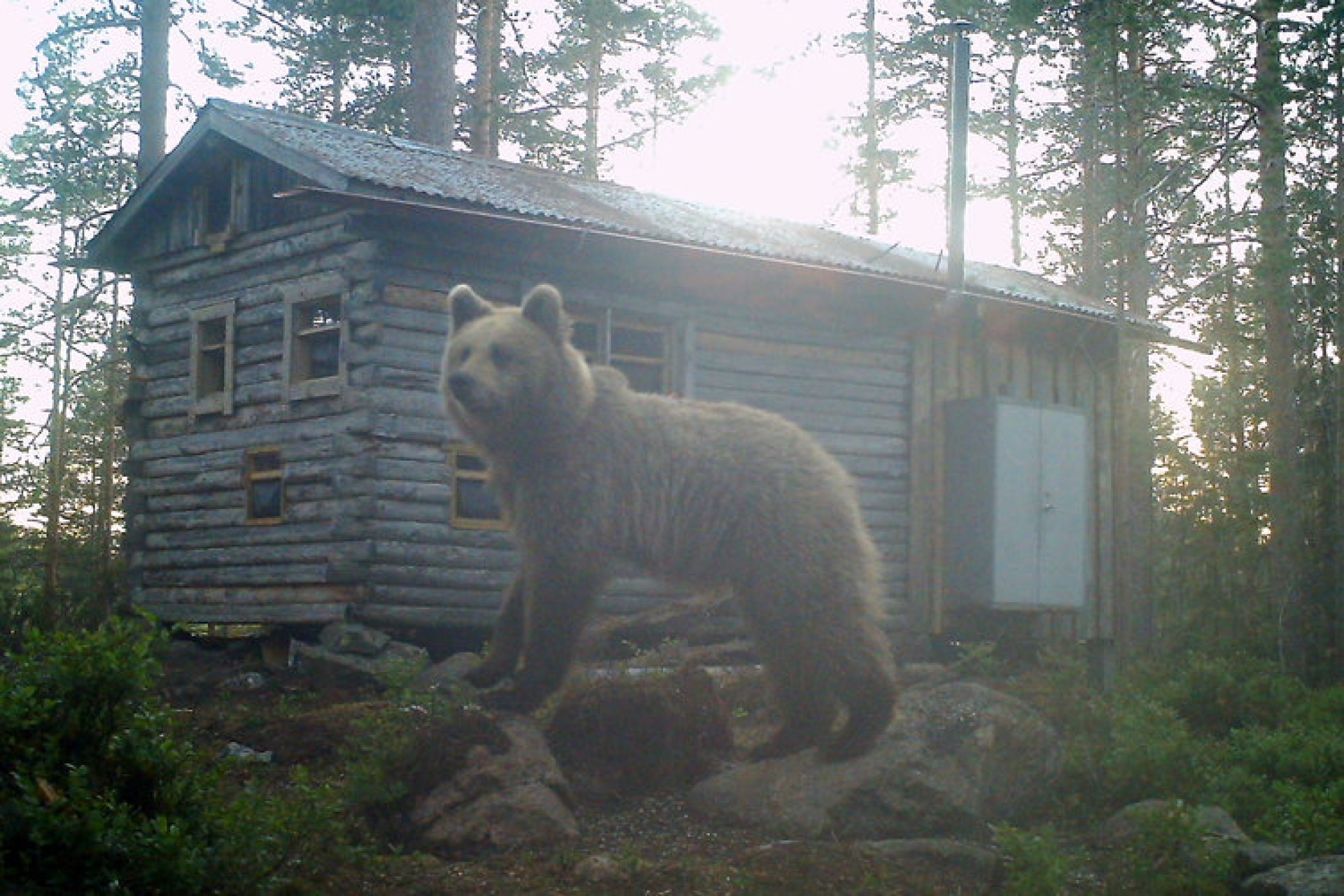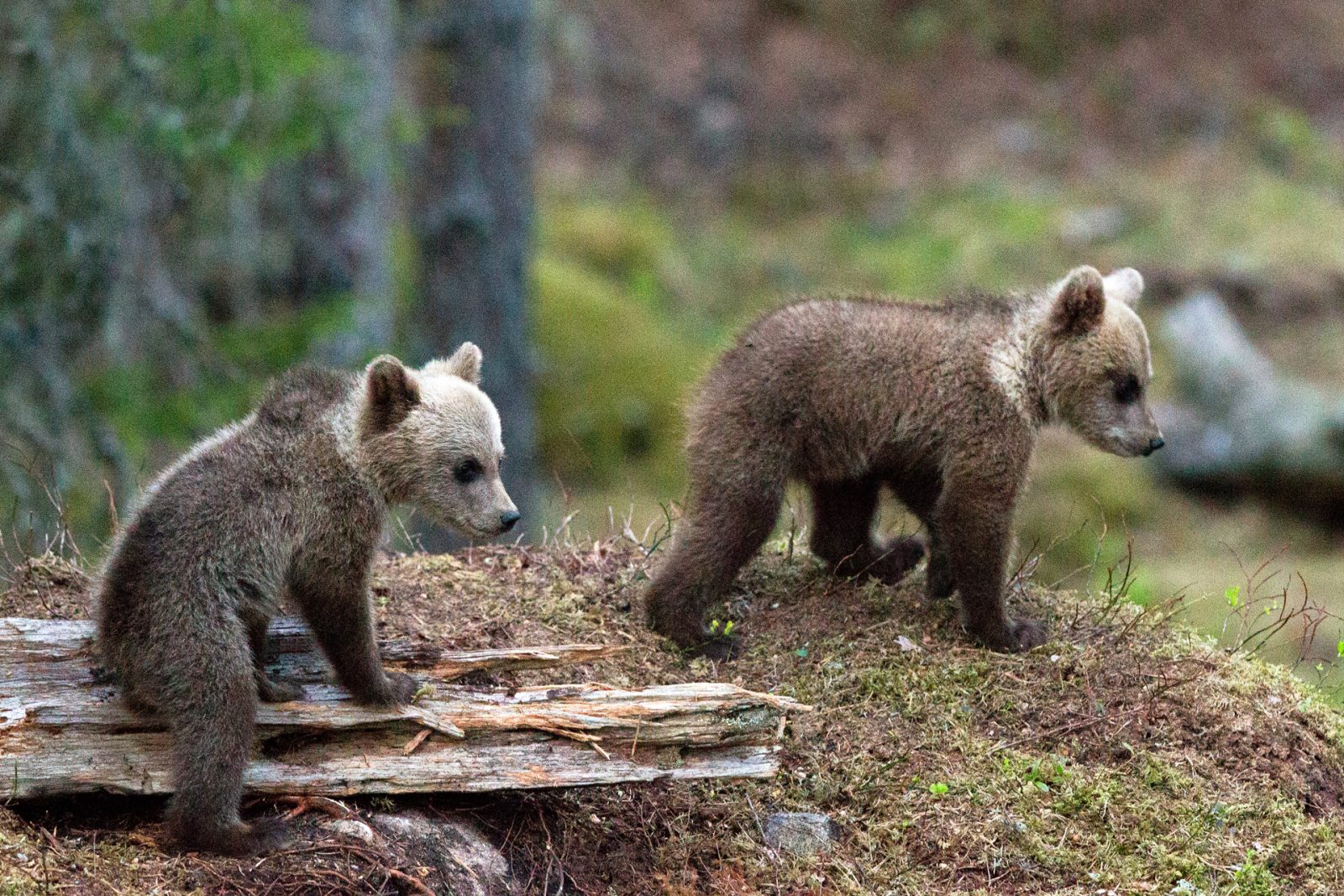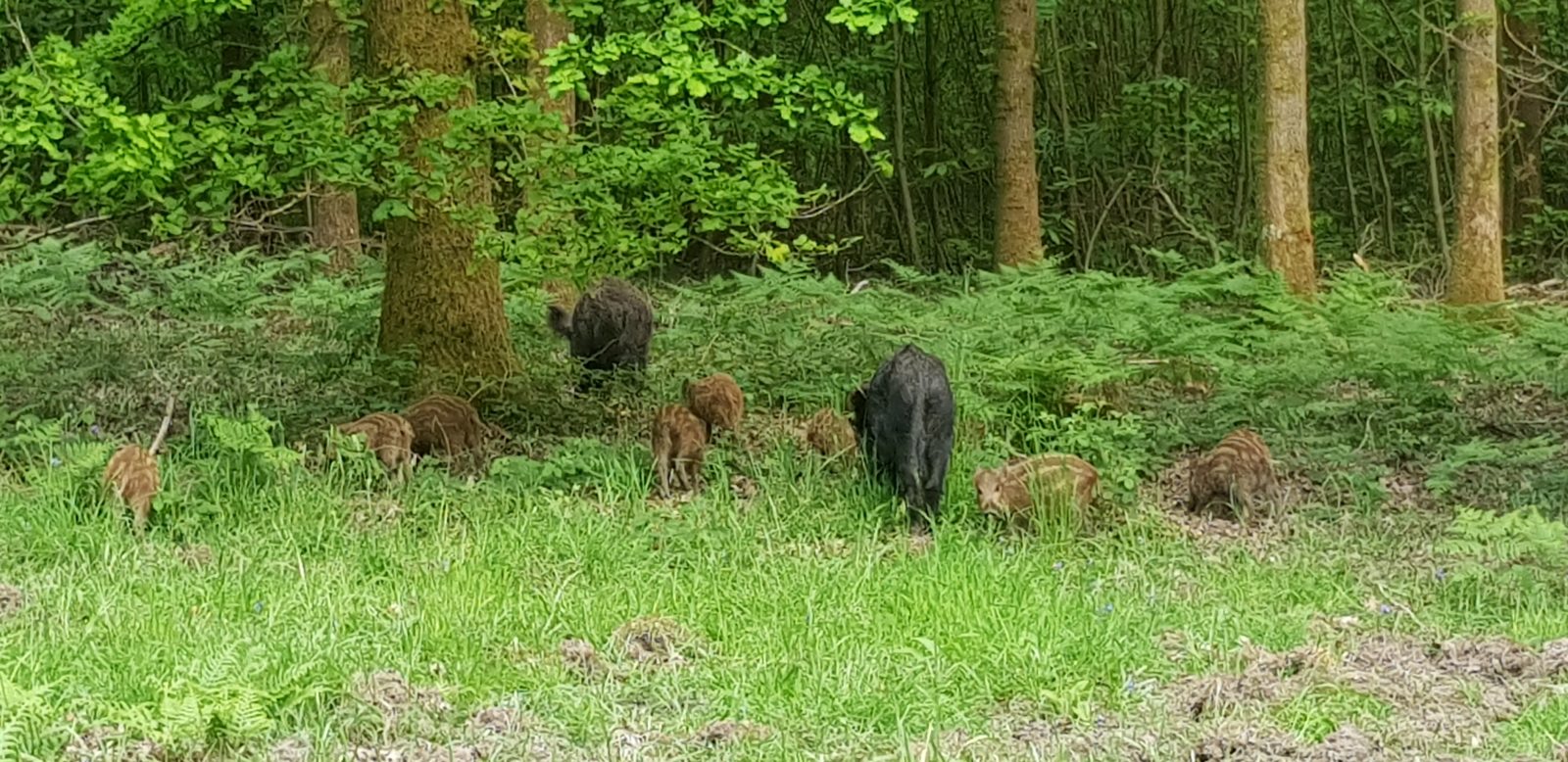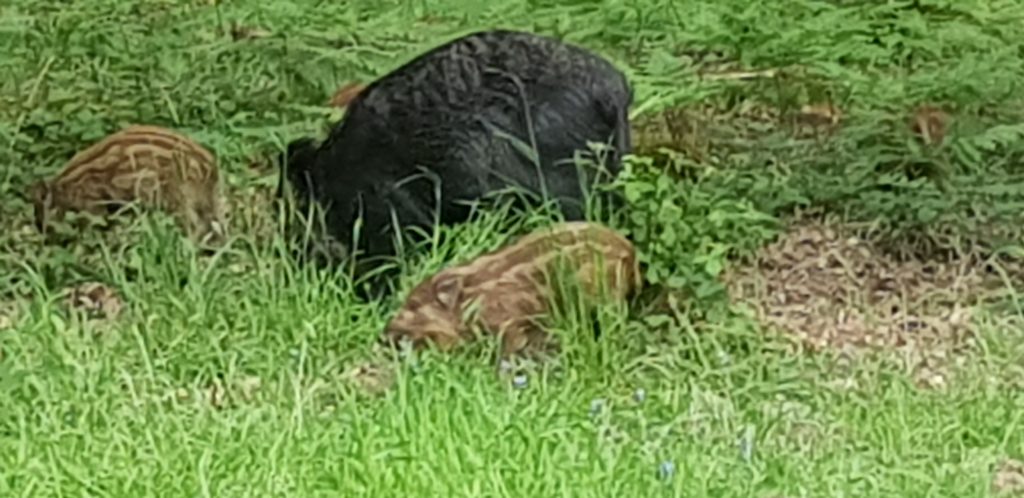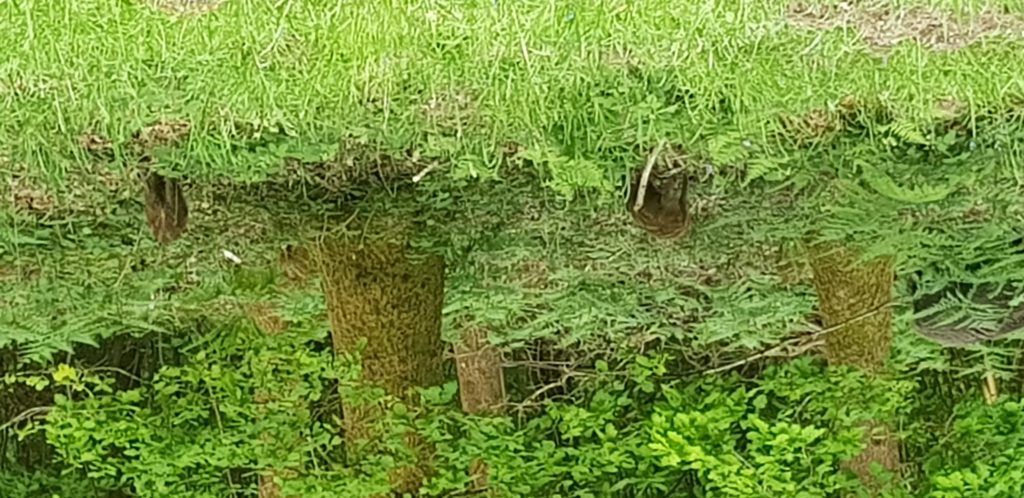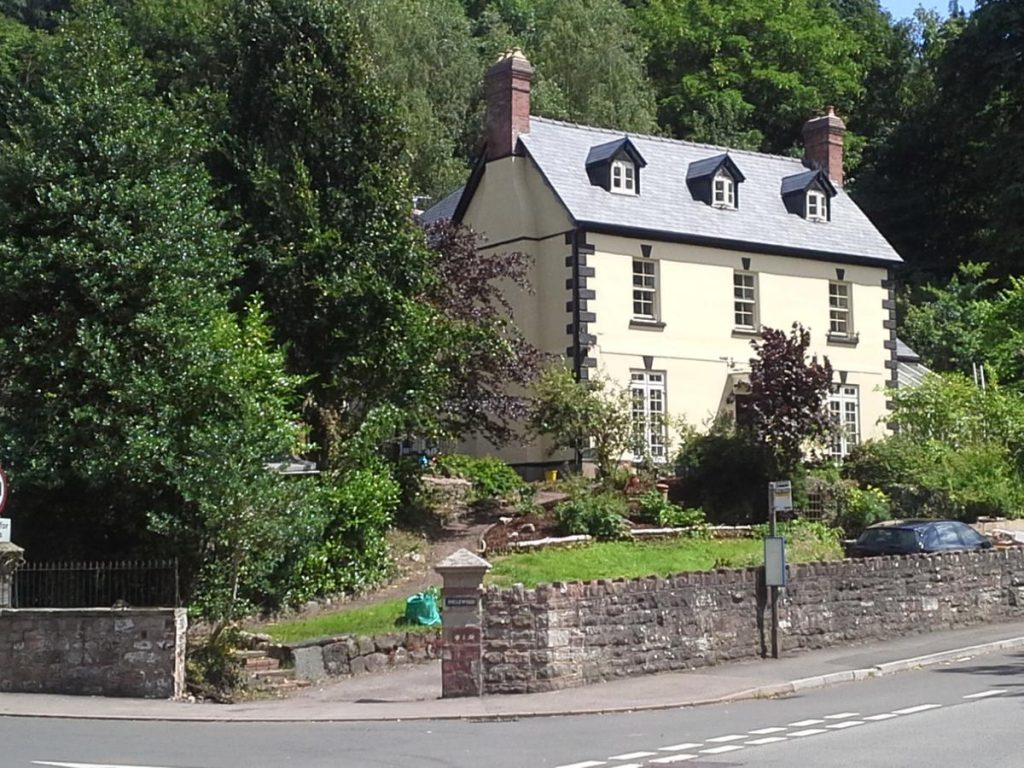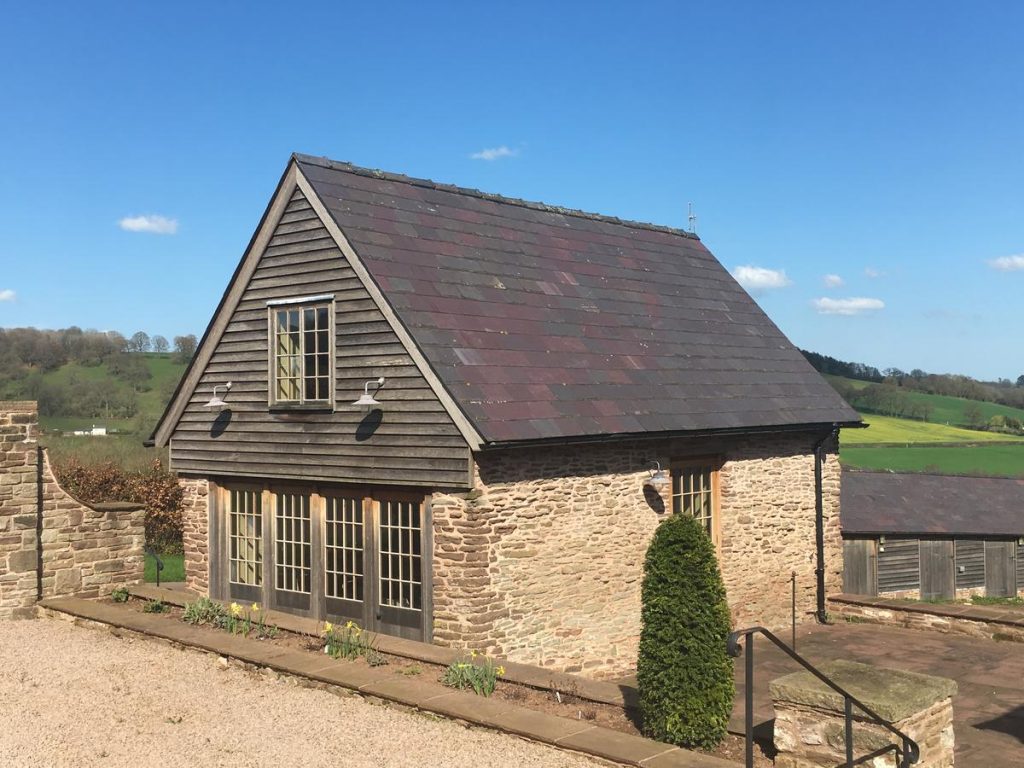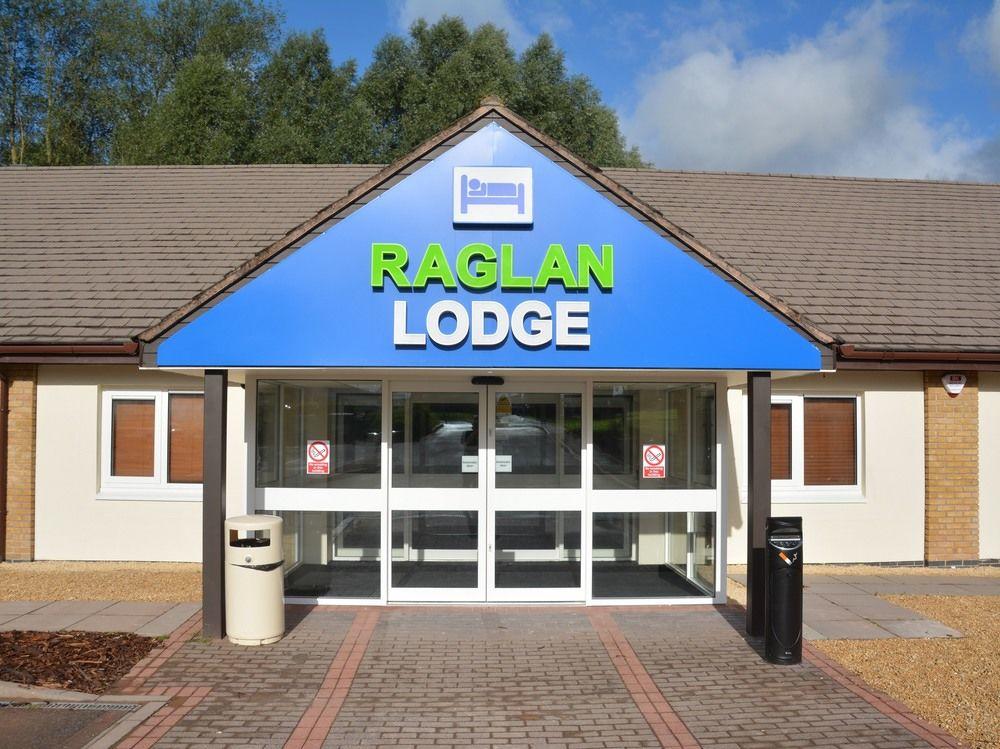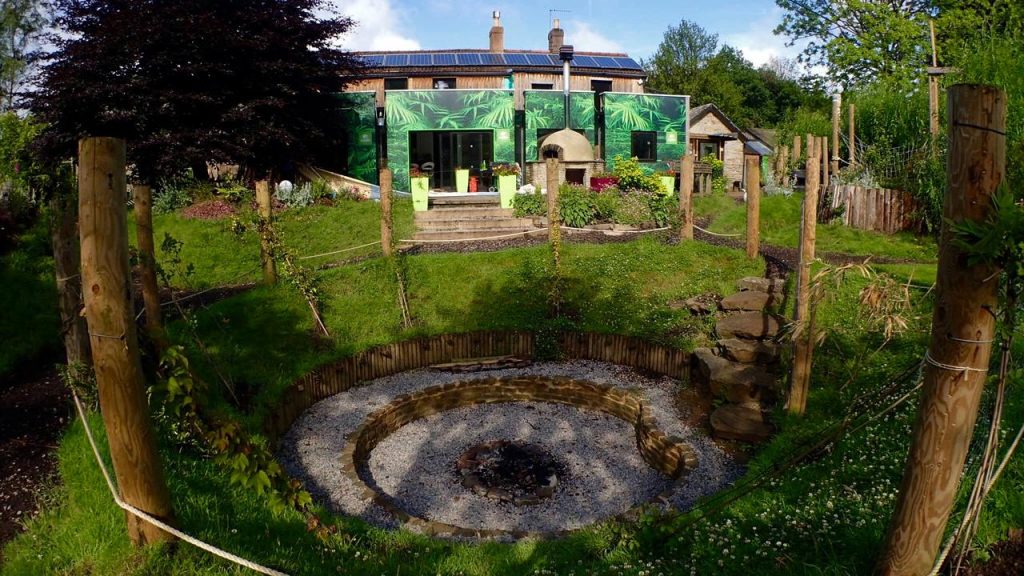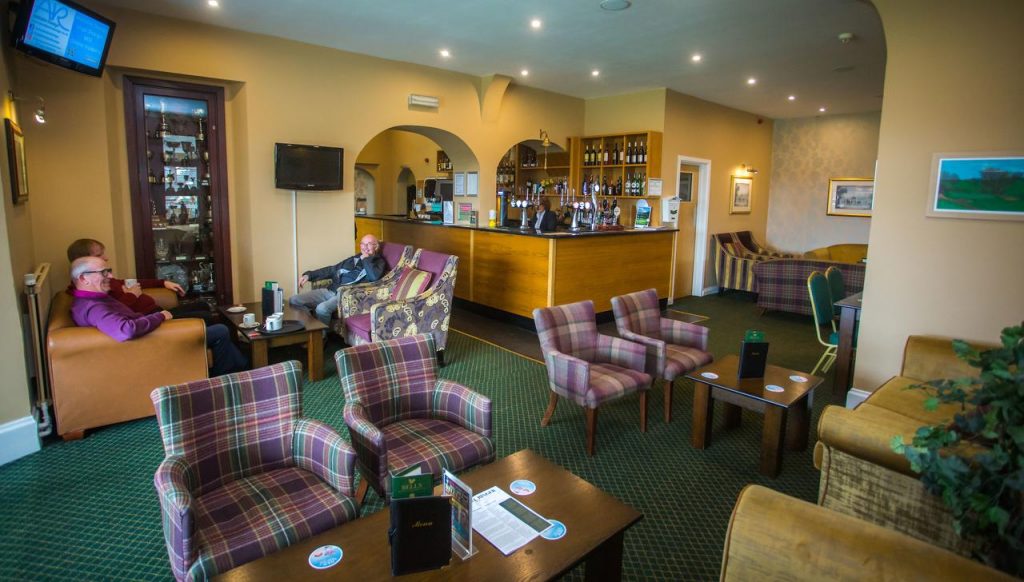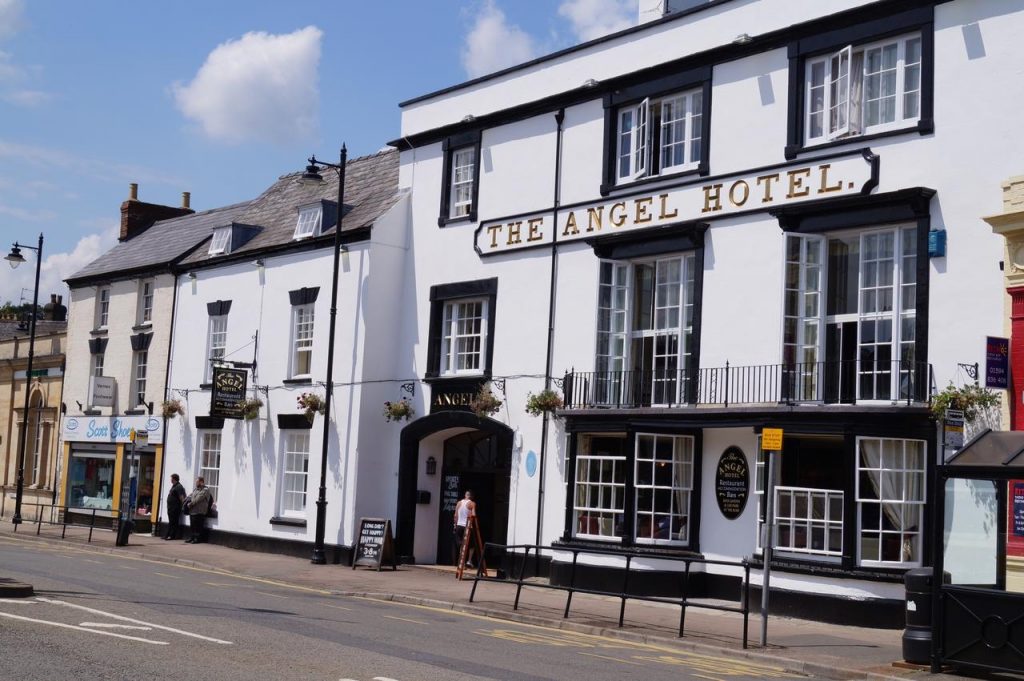The UK has had a disgusting policy with little basis in science of badger culling, and last year it was expanded with out consultation
In the UK there has been a continual issue with tb in the cow population. It is thought that this is spread by badgers. Despite scientific analysis showing that badgers are responsible for an incredibly small percentage of the spread – and that culls will make the badgers more, not less, likely to spread the illness, the government has given in to farming lobbies and has allowed increasingly large culls of badgers.
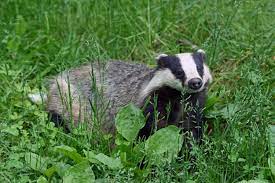
Despite all the evidence, the government is determined to placate farmers by killing a further 60,000 badgers and for what
The UK has had a problem with bovine TB for years. The problem has continued to be that many cattle are lost each year.
Badgers are blamed for carrying the infection between fields. It has been pointed out that cows are often not checked when bought or sold, and that the spread of the illness can often be attributed to this. Never-the-less, the British government has steadfastly continued on this plan for a very long time.
Continue reading “Despite all the evidence, the government is determined to placate farmers by killing a further 60,000 badgers and for what”
